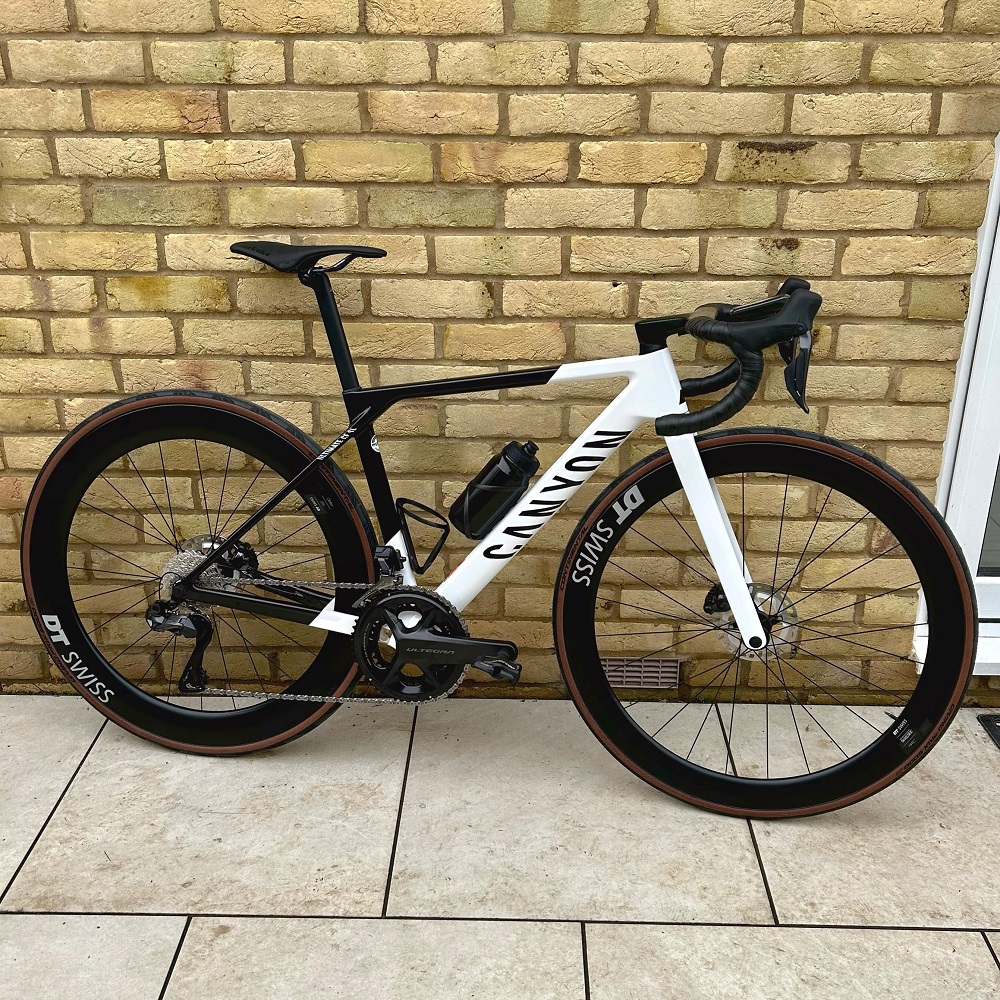What Are Aero Road Bikes?
Aero road bikes, as their name suggests, are designed with aerodynamics in mind. They aim to reduce drag, enabling cyclists to ride faster with less effort. These bikes are sleek, lightweight, and optimized for speed on flat or rolling terrains.
Defining Aero Road Bikes
Aero road bikes are specialized bicycles focused on maximizing speed. They combine advanced frame design and components to achieve aerodynamic efficiency. Compared to standard road bikes, they are engineered to cut through air resistance with ease. Features like integrated cables and steeper tube angles make them ideal for performance-focused riders.
Key Features That Differentiate Them From Standard Road Bikes
- Aerodynamic Frames: Aero road bikes feature flattened tubes to minimize wind resistance.
- Integrated Cables: Brake and gear cables are routed internally to streamline design.
- Specialized Wheelsets: Deep-section wheels reduce drag and maintain speed.
- Compact Cockpit Design: Handlebars and stems are shaped to optimize airflow.
- Stiff Construction: These bikes use advanced materials for power transfer and durability.
These features make aero road bikes faster and more efficient than standard models, especially on paved roads.
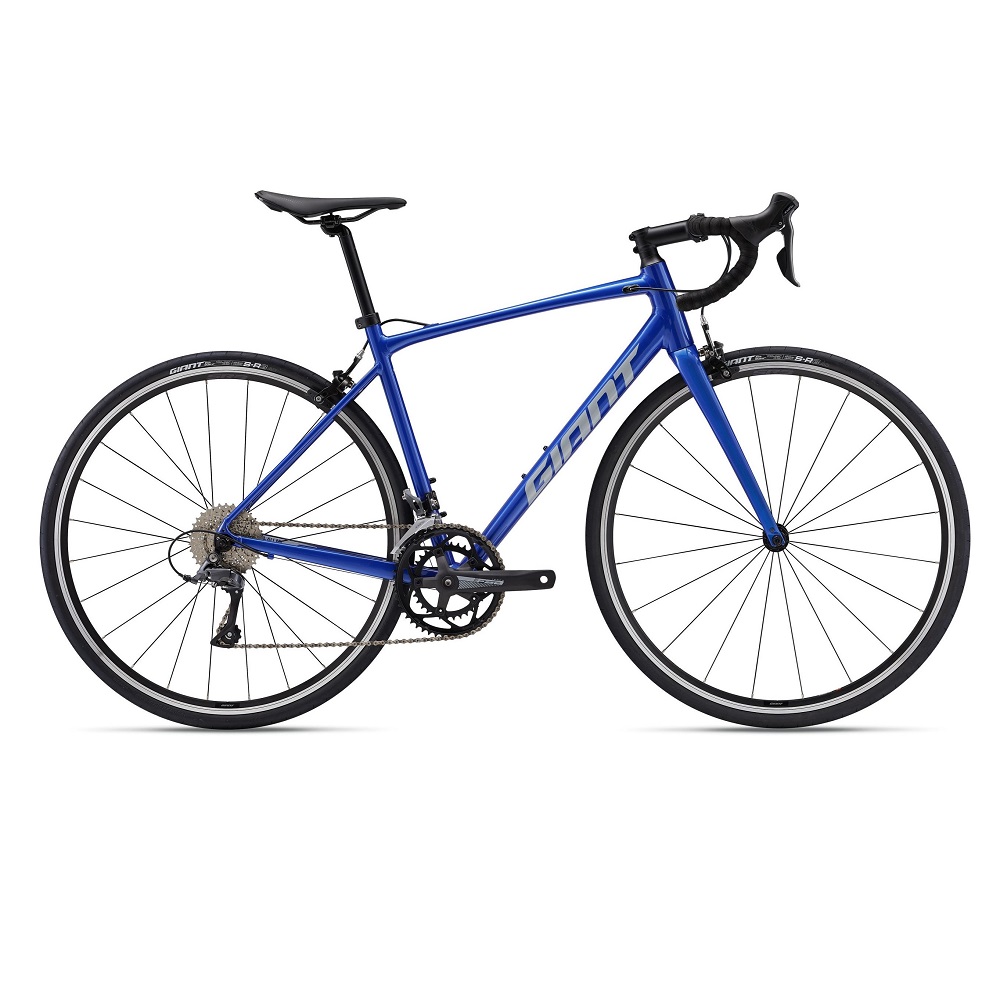
Advantages of Aero Road Bikes
Aero road bikes offer a range of benefits tailored to performance-focused riders. These advantages make them a top choice for speed enthusiasts and competitive cyclists.
Speed and Efficiency
Aero road bikes are built for speed. Their design reduces air drag, allowing cyclists to ride faster. Features like aerodynamic tubing and deep-section wheels boost efficiency on flat terrains. They minimize energy loss, letting riders maintain high speeds with less effort. This makes them ideal for competitive cycling and time trials.
Aerodynamics: How It Enhances Performance
Aerodynamics is the core of aero road bike design. Flattened frame tubes cut through air effortlessly. Integrated cables keep the bike streamlined, reducing wind resistance. Specialized handlebars and wheelsets optimize airflow, improving performance. These innovations ensure smoother rides, especially at higher speeds.
Weight and Durability Considerations
Aero road bikes balance sleekness with strength. Advanced carbon materials keep the frames lightweight yet sturdy. While slightly heavier than climbing bikes, they provide superior durability. The stiff construction ensures excellent power transfer, enhancing both speed and resilience. This combination delivers reliable performance in various riding conditions.
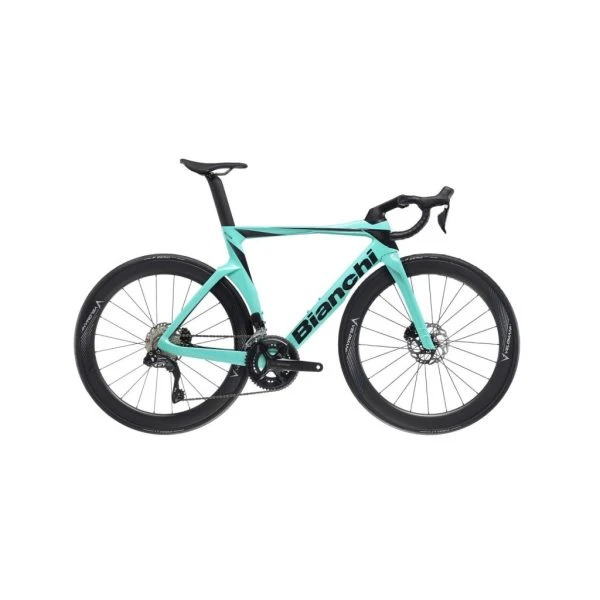
Key Components of an Aero Road Bike
Aero road bikes are renowned for their exceptional speed and aerodynamic design. To achieve this, each component is meticulously designed and optimized. Below, we’ll explore the key components that define an aero road bike’s performance.
Frame Design and Geometry
The frame plays the most crucial role in a bike’s aerodynamic performance.
- Aerodynamic Tubes: The bike’s frame tubes are shaped to reduce wind resistance. Flattened and teardrop-shaped tubes are common.
- Aggressive Geometry: Aero bikes use steeper angles for stability and speed. This positioning enhances the rider’s aerodynamics.
- Integrated Features: Integrated seat clamps and headsets contribute to a more streamlined design. These features also minimize drag and boost efficiency.
- Carbon Construction: Frames are typically made of lightweight carbon fiber. This ensures stiffness and excellent power transfer without compromising durability.
Wheels and Tires Optimization
Wheels and tires are key to maintaining speed and handling efficiency.
- Deep-Section Wheels: These wheels cut through air with minimal drag. They boost efficiency on flat and rolling terrains.
- Narrow Tires: Aero road bikes use narrower, high-pressure tires for reduced rolling resistance. They improve speed on paved roads.
- Tubeless Technology: Many aero bikes now offer tubeless-ready setups. This reduces puncture risks and enhances tire performance.
- Wheel Integration: Aero bikes often pair the frame and wheels strategically. This design ensures harmony to maximize overall aerodynamics.
Handlebar and Cockpit Design
The cockpit setup is an integral part of an aero road bike.
- Aerodynamic Handlebars: Handlebars have flat tops to streamline airflow. They also promote a forward-leaning riding position.
- Integrated Cockpit: Brake and gear cables are hidden within the handlebar and stem system. This reduces visual and functional drag.
- Ergonomic Placement: Compact cockpit layouts ensure a comfortable yet efficient riding posture. This allows longer rides at high speeds.
- Adjustable Components: Many aero bikes provide adjustable stems and bars. This ensures a precise fit for both comfort and performance.
Each component of an aero road bike is designed to minimize air resistance. Together, they create a high-performance machine tailored for speed-focused cyclists.
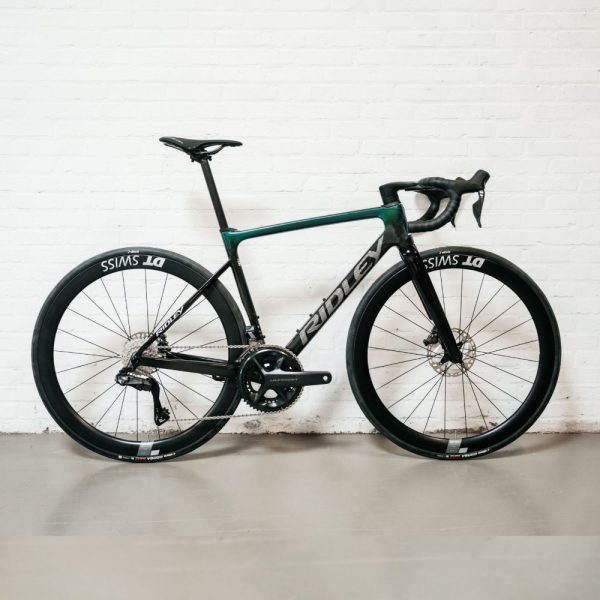
When to Choose an Aero Road Bike
Aero road bikes are not suitable for every type of rider or terrain. Instead, they shine under specific conditions and cater to certain cyclists. Knowing when to choose one can ensure you get the most out of your investment.
Ideal Riding Conditions
- Flat or Rolling Terrains: Aero road bikes excel on flat or mildly undulating routes. Their aerodynamic features reduce drag, making them perfect for maintaining high speeds over long distances.
- Time Trials and Racing: These bikes are tailored for competitive scenarios. Whether it’s a triathlon or a road race, aero road bikes help riders perform at their peak.
- Smooth Paved Roads: These bikes thrive on smooth, paved surfaces. Narrow tires and stiff frames maximize speed on such conditions, providing an unrivaled riding experience.
- Windy Environments: Aero frames and specialized wheelsets minimize the impact of headwinds. This makes them a great choice for windy regions.
Types of Cyclists Who Benefit Most
- Competitive Cyclists: Riders aiming to enhance their performance in races benefit significantly. The aerodynamic features help achieve faster times.
- Speed Enthusiasts: If maintaining high speed during leisure rides is a priority, an aero bike is ideal.
- Triathletes: Triathlon participants often prioritize aerodynamic efficiency to improve race completion times.
- Experienced Riders: These bikes work best for skilled cyclists familiar with riding aggressively and maintaining proper posture.
Choosing an aero road bike depends on your riding style and goals. If speed and efficiency in competitive or flat conditions matter most, this bike type will meet your needs.
Top Aero Road Bike Models in 2023
Aero road bikes continue to evolve, with brands pushing boundaries in 2023. These models combine performance, innovation, and advanced technology to deliver exceptional speed and efficiency. Let’s explore the leading brands and the key features they offer.
Overview of Leading Brands
- Specialized: Known for its cutting-edge designs and wind tunnel-tested frames, Specialized dominates the aero bike market. The “S-Works Venge” stands out with its optimal aerodynamics and lightweight construction.
- Canyon: The “Canyon Aeroad” is celebrated for its balance of comfort and speed. It integrates top-tier carbon materials and innovative cockpit designs.
- Trek: Trek’s “Madone” series consistently ranks among the best aero road bikes. It offers advanced aerodynamic shapes and IsoSpeed technology for smoother rides.
- Giant: The “Giant Propel” impresses with a streamlined build and affordability. It combines high-end features with a focus on performance accessibility.
- Pinarello: The “Pinarello Dogma F12” appeals to professionals and enthusiasts. Its perfected aerodynamics and stiffness provide unmatched speed.
Noteworthy Features and Technologies
- Integrated Cockpits: Leaders like Specialized and Canyon feature clean, cable-integrated handlebars. This design reduces drag significantly.
- Deep-Section Wheels: Brands include deep-section wheels in top-tier models to enhance aerodynamic gains and maintain speed.
- Lightweight Carbon Frames: Most 2023 aero bikes feature carbon fiber frames, balancing weight, stiffness, and aerodynamics.
- Customizable Fit: Adjustable stems, handlebars, and spacers ensure bikes cater to individual rider ergonomics.
- Power Meter Compatibility: Many models now integrate seamlessly with power meters, aiding performance optimization for cyclists.
- Advanced Brake Systems: Disc brakes dominate for reliable stopping power without compromising aerodynamic performance.
These aero road bikes and features set the standard for speed-focused cyclists in 2023. Choosing the right brand and model depends on your riding goals and preferences.
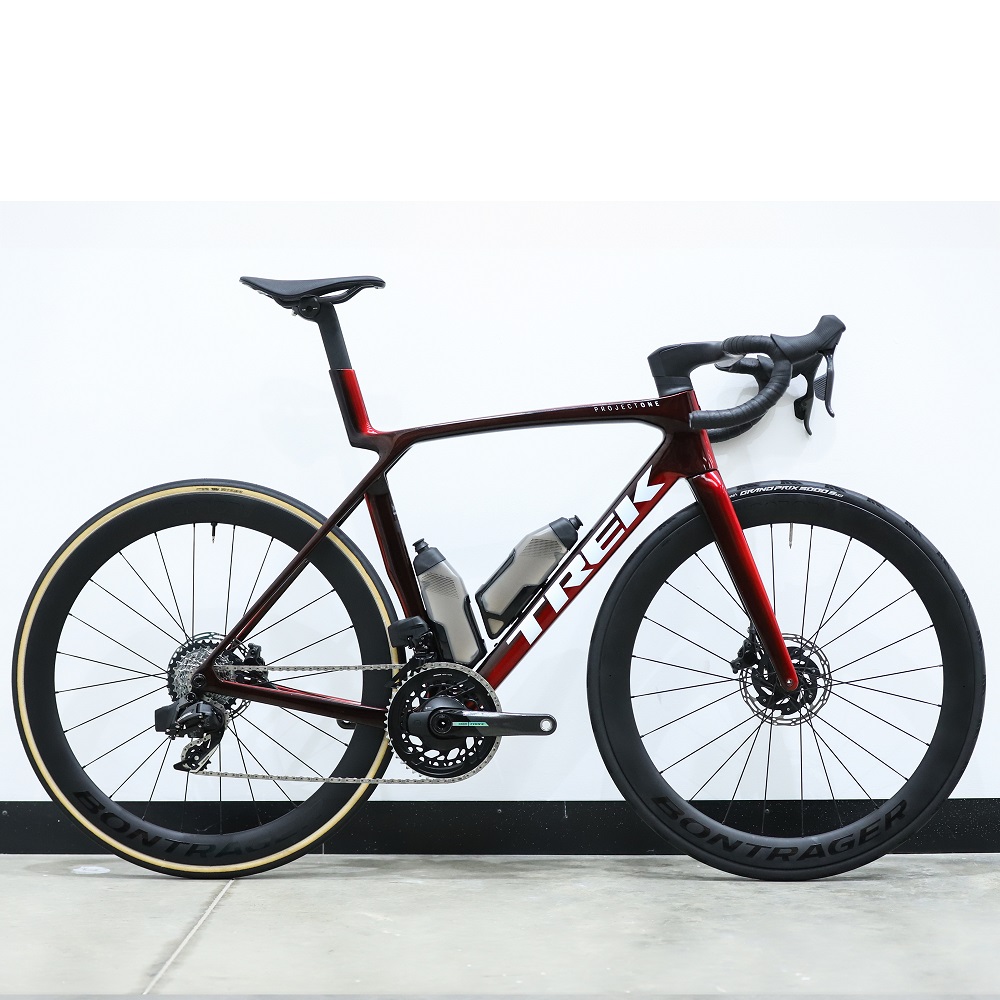
Maintenance Tips for Aero Road Bikes
Proper maintenance ensures your aero road bike performs at its best for longer. Regular care preserves aerodynamics, functionality, and appearance. Here’s how to keep your aero bike in great condition.
Cleaning and Caring for Aero Frames
- Use Gentle Cleaning Tools: Wash the frame with a soft sponge or microfiber cloth. Avoid abrasive materials to protect the paint.
- Mild Soaps Only: Use bike-specific cleaners or mild soaps to remove dirt and grime. Harsh chemicals can damage the frame.
- Focus on Aerodynamic Features: Pay attention to areas with integrated cables and flattened tubes. Dirt buildup in these can hinder aerodynamics.
- Dry Thoroughly: After washing, dry the bike with a clean cloth. This prevents water spots or corrosion.
- Protective Coating: Use frame protectors or waxes to shield against scratches and debris.
Proper Tire and Wheel Maintenance
- Check Tire Pressure: Maintain the correct pressure as too low or high affects speed and handling.
- Inspect for Wear and Tear: Look for cuts, punctures, or worn treads on the tires. Replace as needed.
- Regularly Clean Wheels: Use a soft brush to remove dirt from deep-section rims and brake tracks.
- Align Wheels Accurately: Ensure wheels are aligned to maintain aerodynamic efficiency.
- Tubeless Care: If running tubeless tires, check sealant levels and replenish regularly.
Adjusting to Maximize Aerodynamics
- Check Cockpit Positions: Regularly adjust handlebars, stems, and saddles to maintain an aerodynamic posture.
- Tighten Bolts and Screws: Secure all components to prevent looseness, which can affect aerodynamics.
- Keep Cables Smoothly Routed: Ensure integrated cables are not snagged or bent, reducing air drag.
- Inspect Frame Integrity: Look for cracks or damages, especially at joints or stress points.
- Periodic Professional Tune-Ups: Visit bike shops for servicing and precise adjustments.
Consistent maintenance protects your investment and ensures your aero road bike delivers top performance.
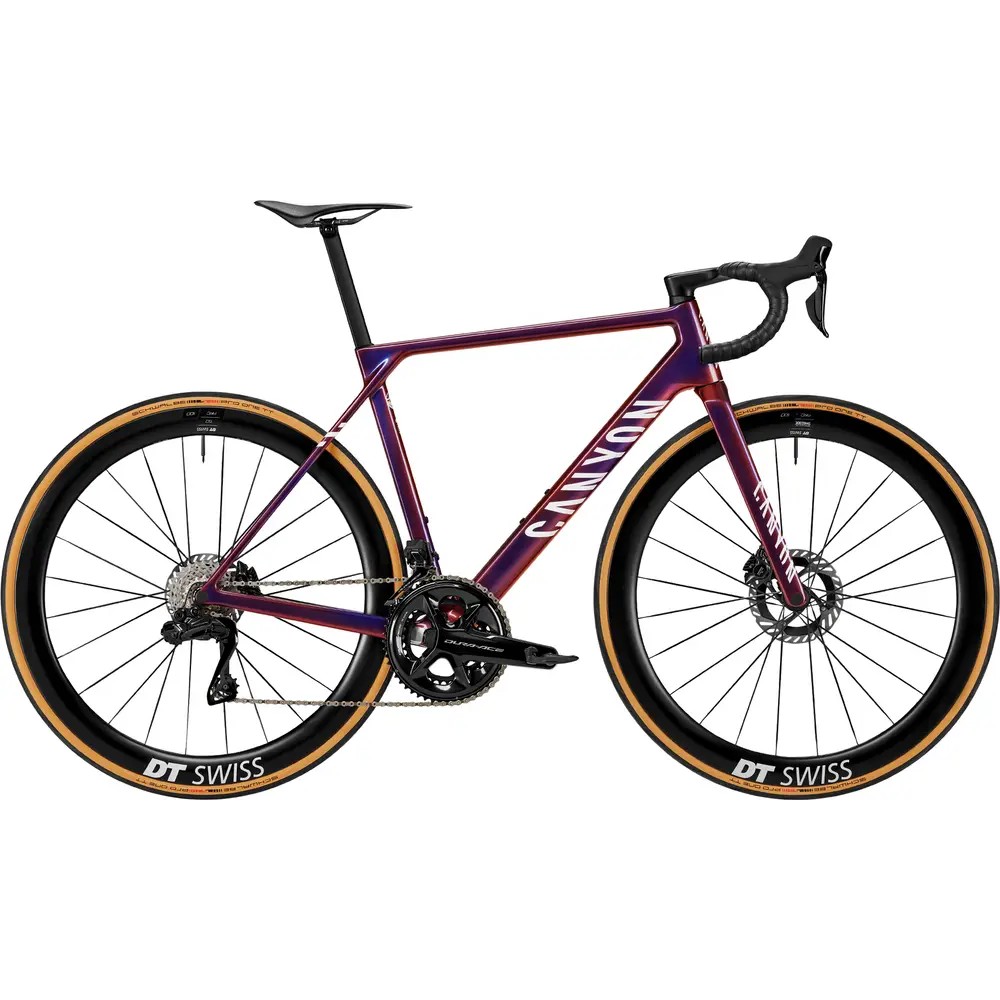
Aero Road Bike vs. Other Bike Types
Aero road bikes differ significantly from other bike types, catering to specific performance needs. Understanding these differences helps riders choose the best bike for their goals.
Comparison with Standard Road Bikes
Aero road bikes and standard road bikes share similarities yet serve different purposes. Below are the primary distinctions:
- Aerodynamics: Aero road bikes prioritize aerodynamic efficiency. Standard road bikes focus on versatility and comfort.
- Frame Design: Aero bikes feature flattened tubes to reduce air resistance. Standard bikes have rounder frames for all-terrain use.
- Weight: Standard road bikes are lighter, suitable for climbing steep hills. Aero bikes are slightly heavier but faster on flats.
- Wheel Design: Deep-section wheels enhance aero bike speed. Standard road bikes use conventional wheels for stability.
- Riding Position: Aero bikes promote an aggressive, forward-leaning position. Standard bikes support a more upright posture.
- Purpose: Aero bikes excel on smooth flat roads and races. Standard bikes suit mixed terrain and casual riding.
Each type is tailored to different cycling goals. Riders should choose based on terrain, speed, and comfort preferences.
Aero Road Bikes vs. Gravel Bikes
Gravel bikes serve a different riding purpose than aero road bikes. Here’s how they compare:
- Terrain Compatibility: Aero bikes are best for paved roads. Gravel bikes handle off-road trails and rough surfaces.
- Frame Design: Gravel bikes have durable and relaxed geometry. Aero bikes feature lightweight, streamlined frames for speed.
- Tires: Gravel bikes use wide, knobbly tires for grip. Aero bikes have narrow tires for reduced rolling resistance.
- Versatility: Gravel bikes are versatile for commuting and adventure. Aero bikes focus entirely on speed performance.
- Comfort: Gravel bikes prioritize comfort on rough surfaces. Aero bikes emphasize efficiency and power transfer.
- Gearing: Gravel bikes have gearing suited for climbing and rugged paths. Aero bikes feature gearing optimized for high-speed riding.
While both offer unique capabilities, the choice depends on terrain and riding style. Gravel bikes suit multi-surface adventurers, whereas aero bikes are ideal for racers and speed enthusiasts.
Factors to Consider Before Buying an Aero Road Bike
Selecting the right aero road bike requires thought and planning. It involves understanding personal needs and matching them to the bike’s features. Here are important factors to consider before making the purchase.
Budget and Pricing
Aero road bikes vary widely in price due to advanced designs and high-end materials.
- Set a Budget: Decide on how much you’re willing to spend. Remember, higher-end models come with premium features such as integrated cockpits and advanced braking systems.
- Explore Cost vs Value: Evaluate whether the bike offers good performance for its price. Mid-range bikes often strike a balance between affordability and technology.
- Assess Long-Term Value: Consider the durability and lifespan of the bike. A high-quality frame and components may save on future repairs or upgrades.
- Factor in Accessories: Budget for additional items like helmets, cycling shoes, and maintenance gear.
Cost shouldn’t be the only deciding factor, but it’s crucial to find a bike within your means.
Fit and Comfort
Aero road bikes must match your body size and riding style to ensure comfort.
- Frame Sizes: Choose a frame size that fits your height and leg length accurately.
- Adjustable Components: Look for adjustable handlebars, stems, and saddles that offer ergonomic comfort.
- Test Riding: Always perform test rides to assess the bike’s handling and feel.
- Riding Posture: Aero bikes encourage a forward-leaning posture. Ensure you’re comfortable maintaining this position.
- Expert Fit Services: Some brands or bike shops offer professional fitting services for a personalized setup.
Comfort ensures better performance and reduces riding fatigue.
Riding Goals and Habits
It’s essential to align your bike choice with your riding goals and style.
- Competitive Cycling: Aero road bikes are ideal for racing, triathlons, and time trials.
- Speed Enthusiasm: Opt for these bikes if high-speed riding is your primary goal.
- Terrain Preferences: If you ride mainly on flat roads, aero bikes are a perfect match. For mixed terrains, other bike types may suit better.
- Frequency of Use: Higher-quality aero bikes are built for frequent use and long-distance riding.
- Skill Level: These bikes work best for riders experienced in maintaining aggressive riding postures.
Match the bike’s features with your cycling goals and enjoy a seamless performance experience.
